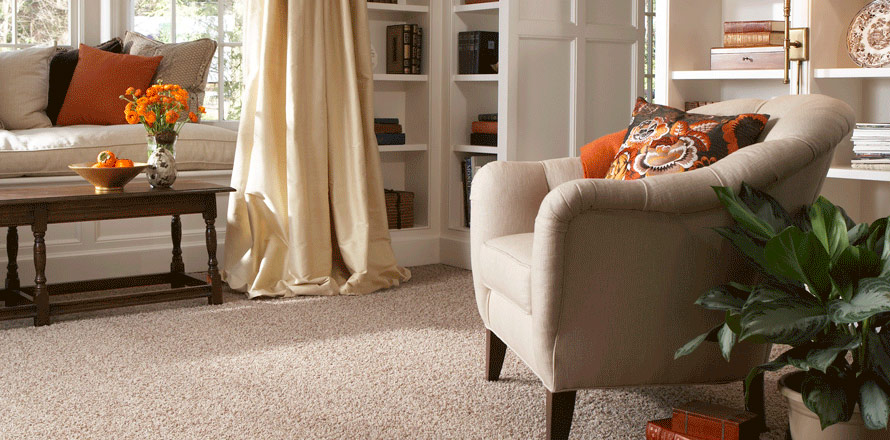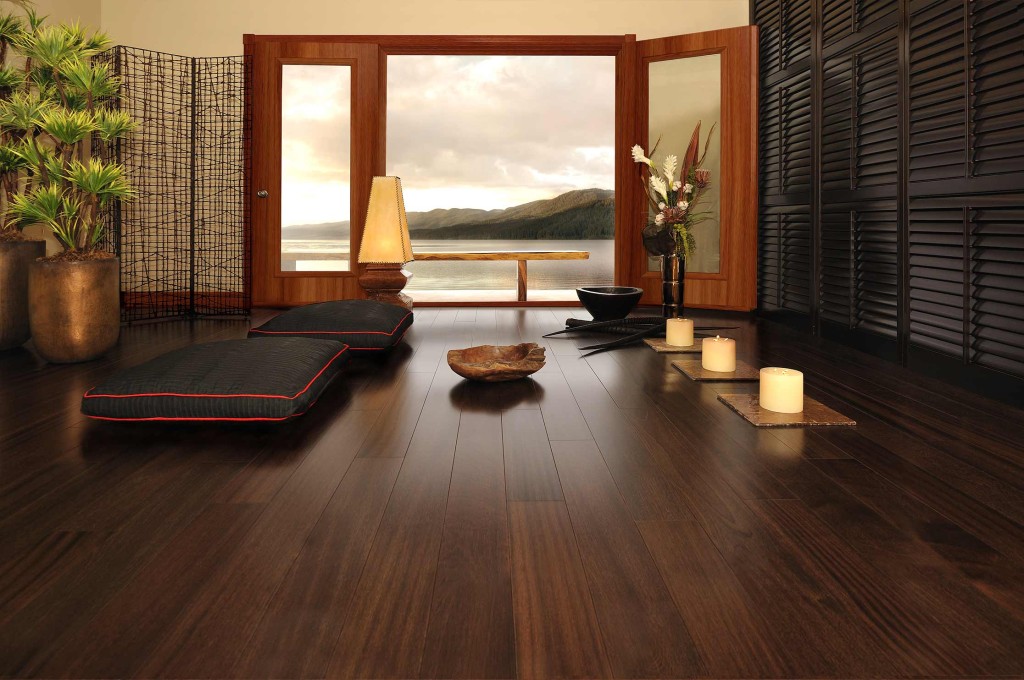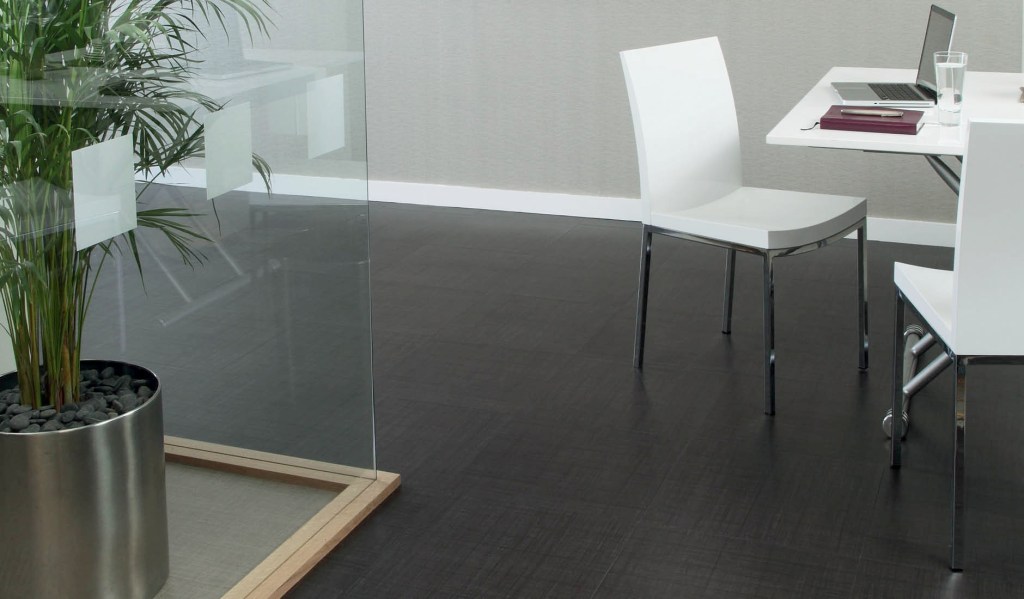Residential
CARPET
Carpet A carpet is a textile floor covering consisting of an upper layer of “pile” attached to a backing. The pile is generally either made from wool or a manmade fiber such as polypropylene, nylon or polyester and usually consists of twisted tufts which are often heat-treated to maintain their structure. Carpet Styles Understanding a few simple basics about carpet construction will help you make the right
HARDWOOD
Hardwood Wood flooring is any product manufactured from timber that is designed for use as flooring, either structural or aesthetic. Wood is a common choice as a flooring material due to its environmental profile, durability, and restorability. Bamboo flooring is often considered a form of wood flooring, although it is made from a grass (bamboo) rather than a timber. Wood Types
Vinyl – VCT – LVT
Vinyl/Linoleum Vinyl flooring is known for its durability and versatile designs. Sheet vinyl is a perfect choice for active households. Vinyl is inexpensive and used in a variety of buildings covering the home, hospitals, offices, schools, etc. Vinyl Composition Tile (VCT) VCT also commonly referred to as vinyl asbestos floor tile, is a finished flooring material used widely





